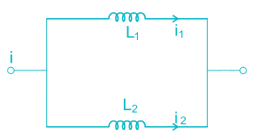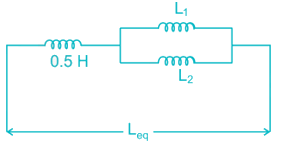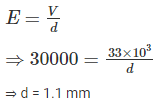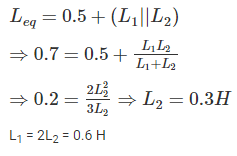Test: Electromagnetic Fields Theory- 2 - Electrical Engineering (EE) MCQ
20 Questions MCQ Test - Test: Electromagnetic Fields Theory- 2
Two infinite parallel metal plates are charged with equal surface charge density of the same polarity. The electric field in the gap between the plates is
A stationery charge in a magnetic field experiences:
An isolated sphere of radius 1 cm is kept in air. Its capacitance will be:
Which of the following is the unit of electric dipole moment
Which of the following is generally used to make permanent magnets?
The dielectric strength of rubber is 30000 V/mm at a frequency of 50 Hz. What is the thickness of insulation required on an electrical conductor at 33 kV to sustain the breakdown?
The λ is the flux linkage of a coil and I is the current through the coil then inductance of the coil is:
The current ratio (i2/i) for the circuit shown in fig. is:

The direction of the magnetic lines of force around a current carrying conductor can be determined by:
Permeability of the substance is the measure of:
The induced emf in a coil of 0.8 mH carrying 2A current and reversed in 0.4 second is:
The differential coupling of two coils in series connection has self-inductance of 2 mH, 4 mH and a mutual inductance of 0.15 mH. The equivalent of the combination is:
The retentivity of a material useful for the construction of:
The effect of an air gap in a magnetic circuit is to:
What is the MKS rationalized unit of magnetic pole strength quantity?
When the current in a coil is increased from 2 A to 4 A in 0.05 seconds, the e.m.f. induced in the coil is 8 V. The self-inductance of the coil is
In the given circuit, inductance L1 and L2, if L1 = 2L2 and Leq is 0.7 H, are




























